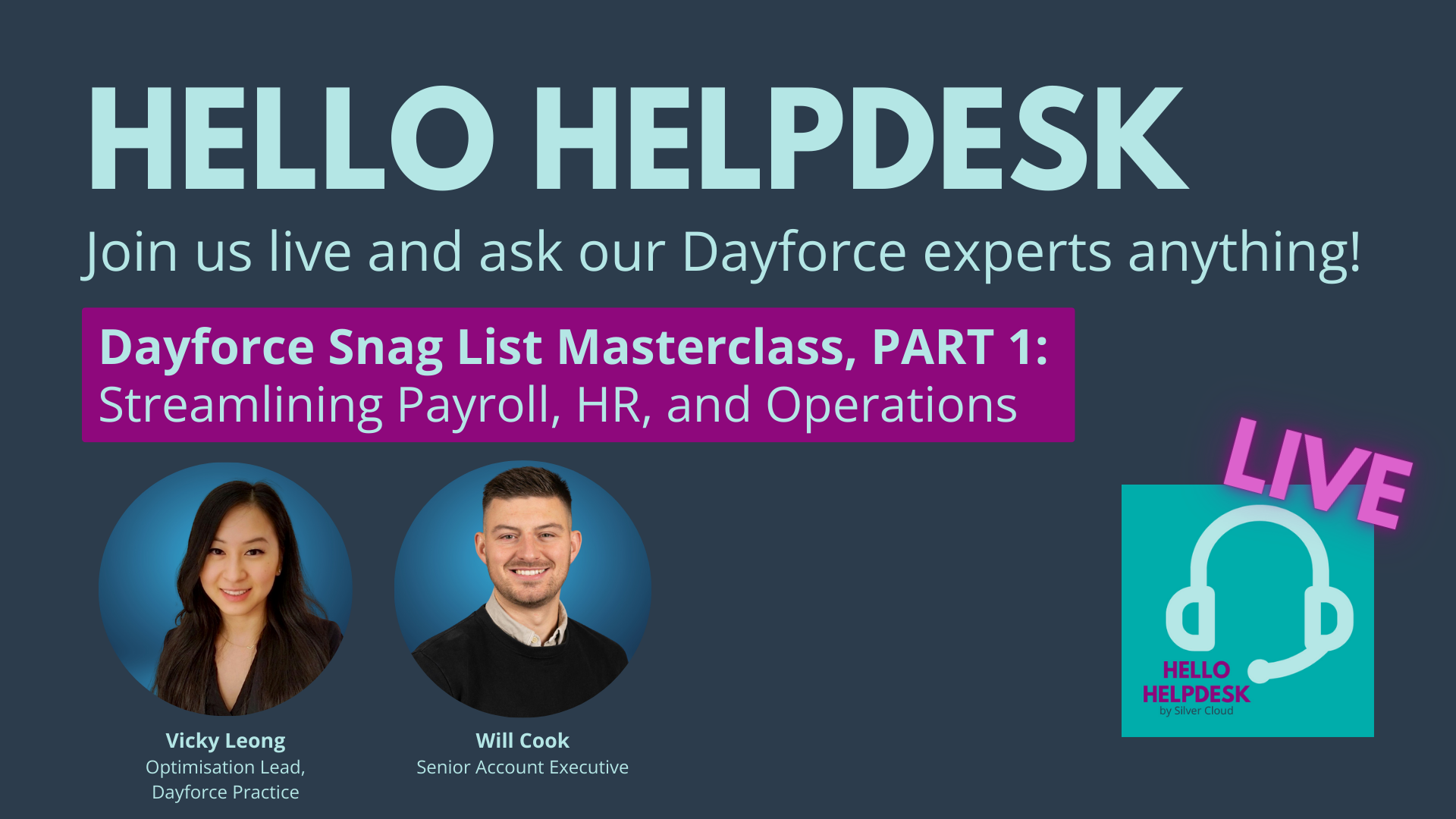HR & Payroll Integration: Using APIs in your payroll & HR software | Guest Blog
by Silver Cloud

Guest blog from Moorepay
Moorepay make payroll & HR easy, with software that's easy to use, access and trust. Working with the latest technology means Moorepay provide worry-free payroll compliance to UK businesses. Find out more about Moorepay here.
Thinking about setting up an API integration to connect your HR to payroll and other systems? Here’s what you need to know to get APIs to work for you.
Why use APIs in the first place?
It’s common knowledge that different providers have different specialities and strengths. For example, a company that focuses on timesheet management software might not have the best benefit solution – if any.
APIs allow you to use the best-in-breed software from various companies or brands, connect them together, and access them all in one place. The advantages of this include:
- Greater visibility of data, as you can see all of your analytics and insights in one place
- Reduced administration time from logging in and out of systems and entering the same data multiple times
- Minimise errors and discrepancies in the data across your systems
- Employees enjoy a joined-up experience across their payroll, leave, benefits, timesheets and more
With APIs, you can use the best software from different providers and access them in one place.
What you need to consider before you start integrating
Some integrations connect with very little required – especially if the software is from the same provider - but other products from different providers might need some more time and effort before being able to connect. That’s where APIs come into the picture: connecting products from different providers so that you can get the best of both worlds.
Understand what requirement your API will fulfil
Make sure your chosen solution(s) meet all your needs. No one wants to get half-way through an implementation, to suddenly find out your API isn’t the answer to all of your prayers and you need to go for another option!
Try asking yourself the below before starting work:
- How will this API work?
- What requirement will it fulfil?
- Who will maintain work on it if required?
- Is there a better solution in the market?
- Is the API the best option, or should we be looking at new software instead?
Resource
Some APIs are super easy to set up, but not all APIs are built the same. Before going down the path of APIs, you’ll want to put aside enough internal resource to implement it. Ask your provider what resource is required from your side to ensure the API is implemented correctly.
Time
Great things take time. Speak to your provider about realistic timelines. Establishing this upfront will allow you to feed this back to key stakeholders and gives you the ability to operate with a workaround if required.
Testing
Testing is a crucial element of successful APIs. Make sure you have a robust plan in place to not only test the effectiveness of APIs, but also contingency plans on the slim chance testing doesn’t go according to plan.
Security
You work in a department that holds the most secure data in the company. Therefore, you’ll want to know it is handled with care. But what should you looking out for when establishing an API connection?
- Hashed passwords. Passwords should only ever be sent as SHA-256 hashed strings and never plain text.
- Network security. The API Firewall should allow only the required HTTP methods and TCP ports.
- SSL communication with trusted RSA 2048 bit Certificate. Communication should always take place over an encrypted secure channel between endpoints.
- Auditing and logging. Ensure use of all functions, authentication attempts and API methods are logged in a systematic and independent manner, with secure access to logs to protect against injection attacks and unauthorised users.
Want to know more? Read our guide on great payroll software.






